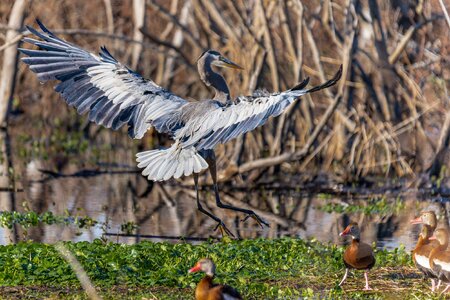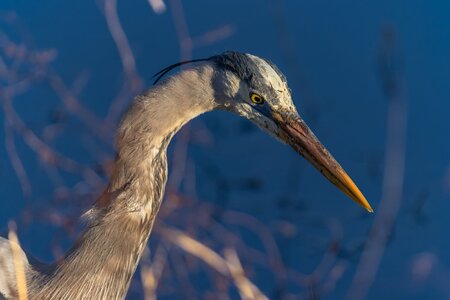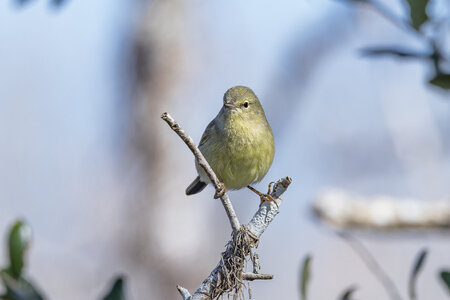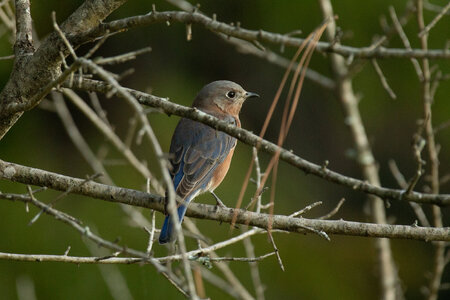Pro Member
- Joined
- Jan 31, 2023
- Posts
- 53
- Likes Received
- 120
- Points
- 0
- Name
- Gary Truchelut
This is the story: A year ago or so, I wanted to purchase the R5 but it just wasn't in the budget. I had enough cash to purchase the 60-600mm lens and that's what I did. At the time my main camera was the 1DX and my backup was the 1D mkIV so the 60-600 seemed like a great choice. I certainly don't regret purchasing this lens but as luck would have it my 1DX bit the dust and no parts were available for repair. It took some talking on my part to convince my wife that I really needed the R5, so I ordered it along with the lens adapter. At first, I had to figure out what set up to use on the camera and then try to get the lens to work well with it. I updated the camera and lens firmware and it finally came together after many test shots in different situations. Now I couldn't be happier. The lens works very well and is fast to focus and

 tack sharp.
tack sharp.
- Join to view EXIF data.
- Join to view EXIF data.





